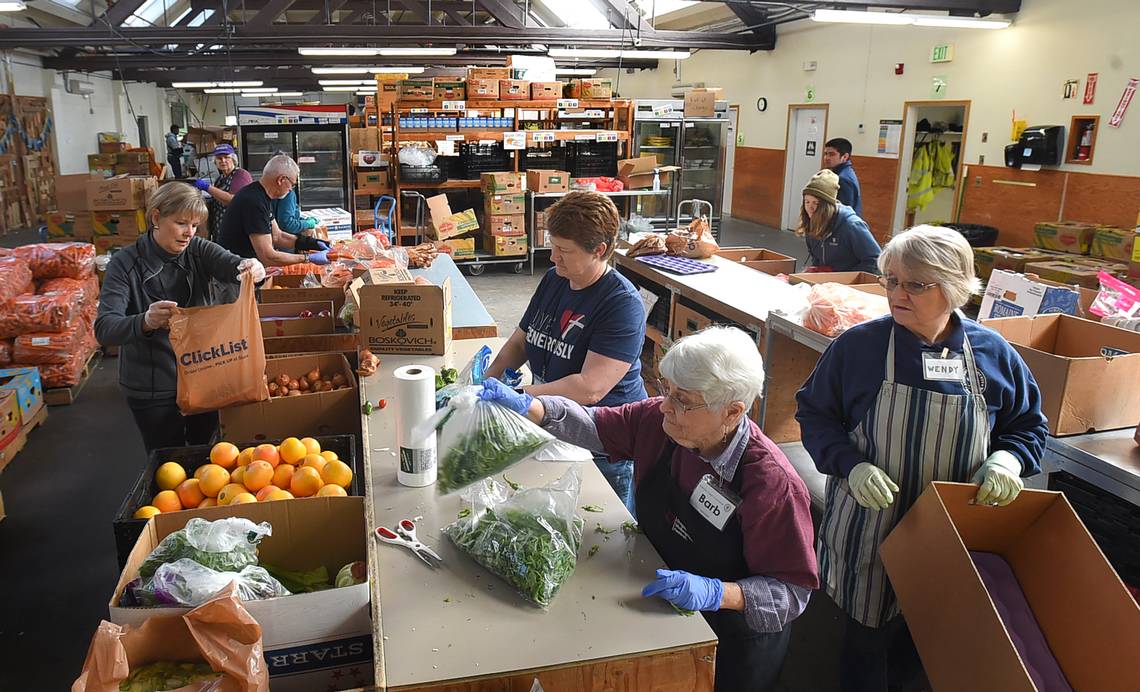

Finding food during the pandemic hasn’t been easy for many families and individuals. Food insecurity is rising across the country as millions remain unemployed. We live in one of the richest countries on Earth, but far too many people rely on food banks and donations instead of feeding themselves.
As the pandemic lingers on, it’s not clear how many people will go hungry over the next few months and years, but estimates show it could reach historic levels. The economic and financial effects will likely be long lasting, leading to widespread food shortages. Food insecurity increases the chances for chronic disease, including hypertension, diabetes, depression, anxiety, and reduced cognitive thinking. For children, going without a proper meal can lead to a lifetime of health problems.
Find out how the food supply chain has changed during the pandemic, and how you can help your patients find a sustainable source of food.
Food Insecurity in the U.S.
Food insecurity is defined as households “uncertain of having, or unable to acquire, enough food to meet the needs of all their members because they had insufficient money or other resources for food.”
Households are more likely to be food insecure if they are living with someone with a chronic disease or disability, a divorced or separated person, younger people, renters, and those who are less educated. Hispanic and African American households also tend to be less secure when it comes to meal planning than white households.
Putting Food on the Table Amid a Pandemic
The coronavirus pandemic is disrupting the food supply chain on a variety of fronts.
The organization known as Feeding America predicts that if unemployment and poverty increase to the level of the Great Recession, 9.9 million more people may experience food insecurity. In a more extreme scenario, the number of food-insecure individuals could rise by 17.1 million. Demand for charitable food assistance has increased and is expected to continue to increase for the foreseeable future.
In some parts of the country, we are already seeing unemployment and poverty levels that rival those of the Great Recession. Service workers and those in the hospitality industry seem to be most affected. These workers tend to experience higher rates of food insecurity, usually around 16-17%, compared to the general population. This industry remains shutdown across the country, so many of these workers will likely face dire circumstances.
Many children used to get their food at school, but recent closures have made this all but impossible. Nearly 100,000 schools/institutions serve school lunches to 29.8 million students each day, including: 20.2 million free lunches. Some schools have tried to deliver meals to students, while other states are handing federal cash payments to families with school-age children to make up for these closures. Families can reach out to local schools to see if they are doing anything over the summer.
On a global level, the World Health Organization is trying to keep food exports flowing from one country to the next. Rice, wheat, and maize are considered the three most widely consumed staples. The World Bank estimates that all three are being produced at record rates.
However, there’s only so much these crops can do to make sure people have food on the table. The United Nations World Food Programme estimates that around 265 million people could face acute food insecurity by the end of 2020, up from 135 million people before the crisis, due to income and remittance losses.
The organization points out that food insecurity “hotspots” tend to pop up when there are several crises happening at once. Countries and areas suffering from a natural disaster, adverse weather, poor infrastructure, and lack of transportation tend to have a harder time finding food.
How to Give Back
Here in the U.S., many families and individuals are turning to their local food banks for support.
Some of your patients may lack access to food, even if you don’t realize it. Certain individuals may be ashamed to admit that they are struggling financially, while others may prefer to be more self-sufficient. Regardless of the situation, let your patients know that help is available.
Visit Feeding America to find local food banks. Many of these places are seeing peak demand for their services. If you want to give back, consider offering to volunteer or donate money for supplies. The group distributes around 4.3 billion meals each year here in the U.S. Many food banks are looking for more donations as they adapt their operations to reduce the spread of the virus.
You can also send your patients information about SNAP, or food stamps, and WIC to see if they are eligible. These programs provide common staples like bread, milk, and cheese to low-income families and individuals.
On a local level, you can also start a garden in your backyard or at a space in the community. Distribute the food to local families and low-income individuals. This is also a great way to get your patients interested in growing their own food and sustainable living.
We need to make sure our communities stay healthy amid the ongoing pandemic. Talk to your patients about finding their next meal if they do not have access to food.
When we discuss students, we always mention their qualities. Those qualities show what they are…
If you or someone you know is juggling mental health issues alongside substance abuse, understanding…
For the last couple of weeks, the Israel-Hamas conflict has taken over the news cycle.…
Our eyes are invaluable, serving as our windows to the world. The ability to see…
Undoubtedly, one of the most demanding and challenging professions is nursing. Nurses work long hours in…
Echocardiography, or echo for short, is a key diagnostic test used by cardiologists to assess…